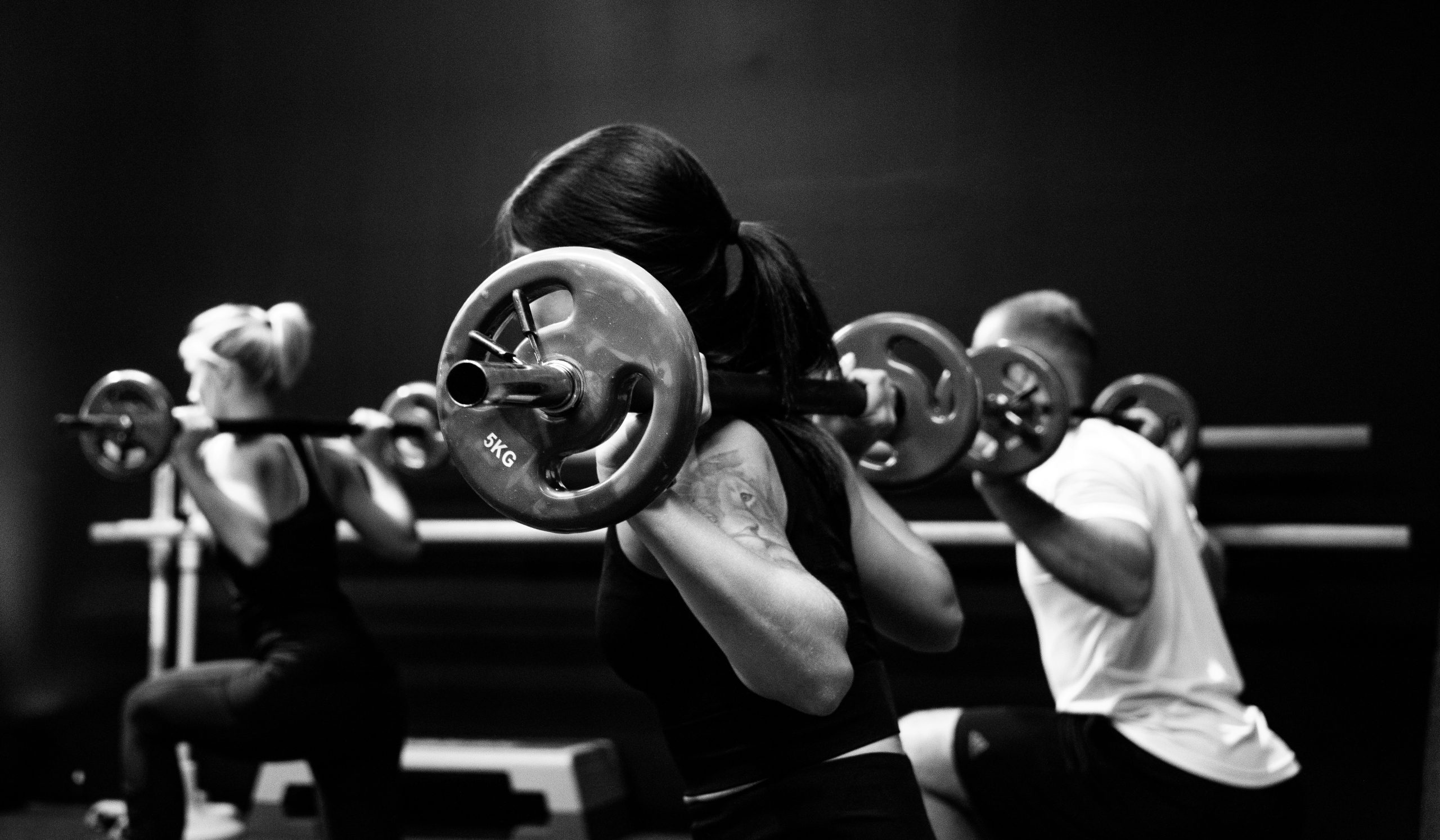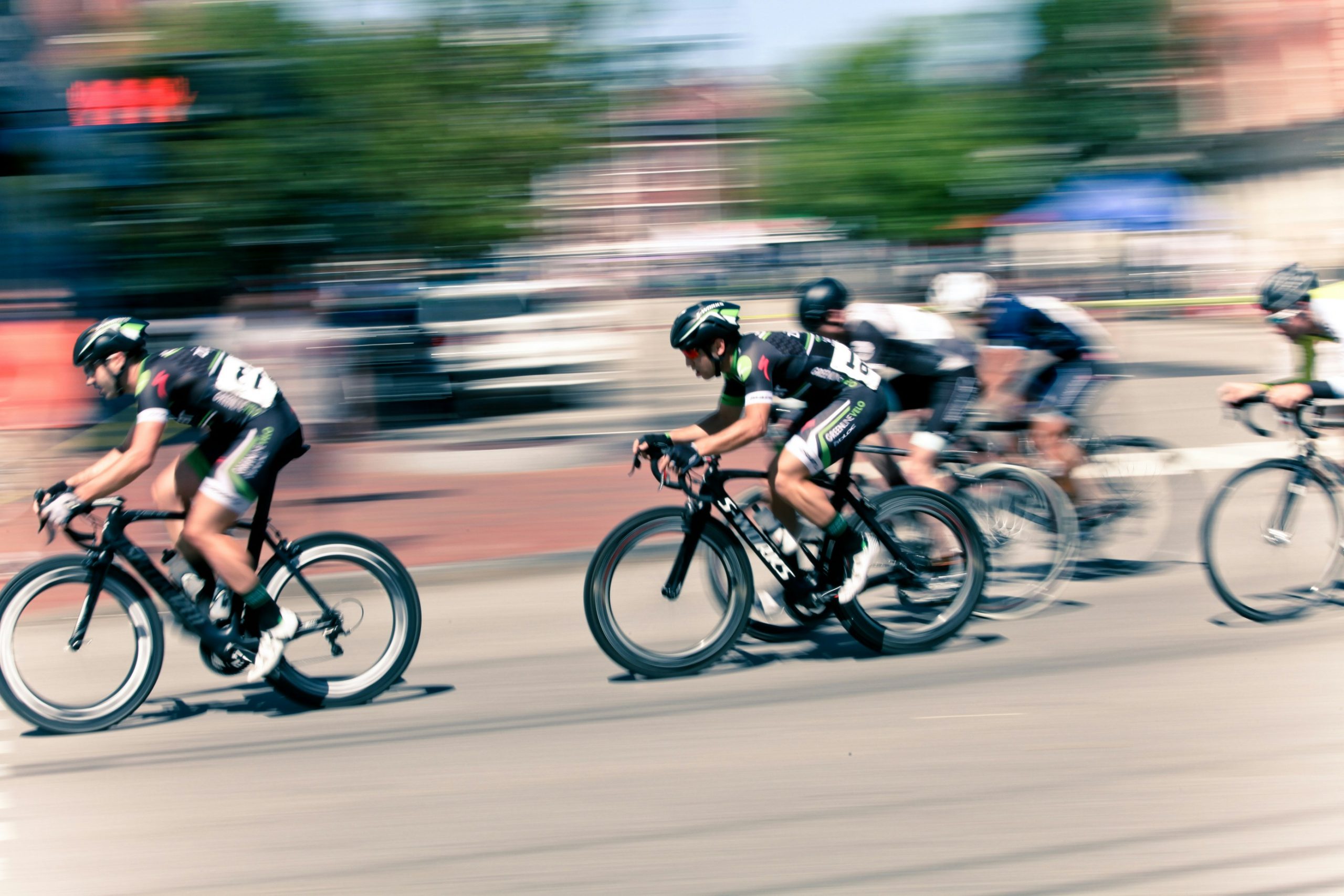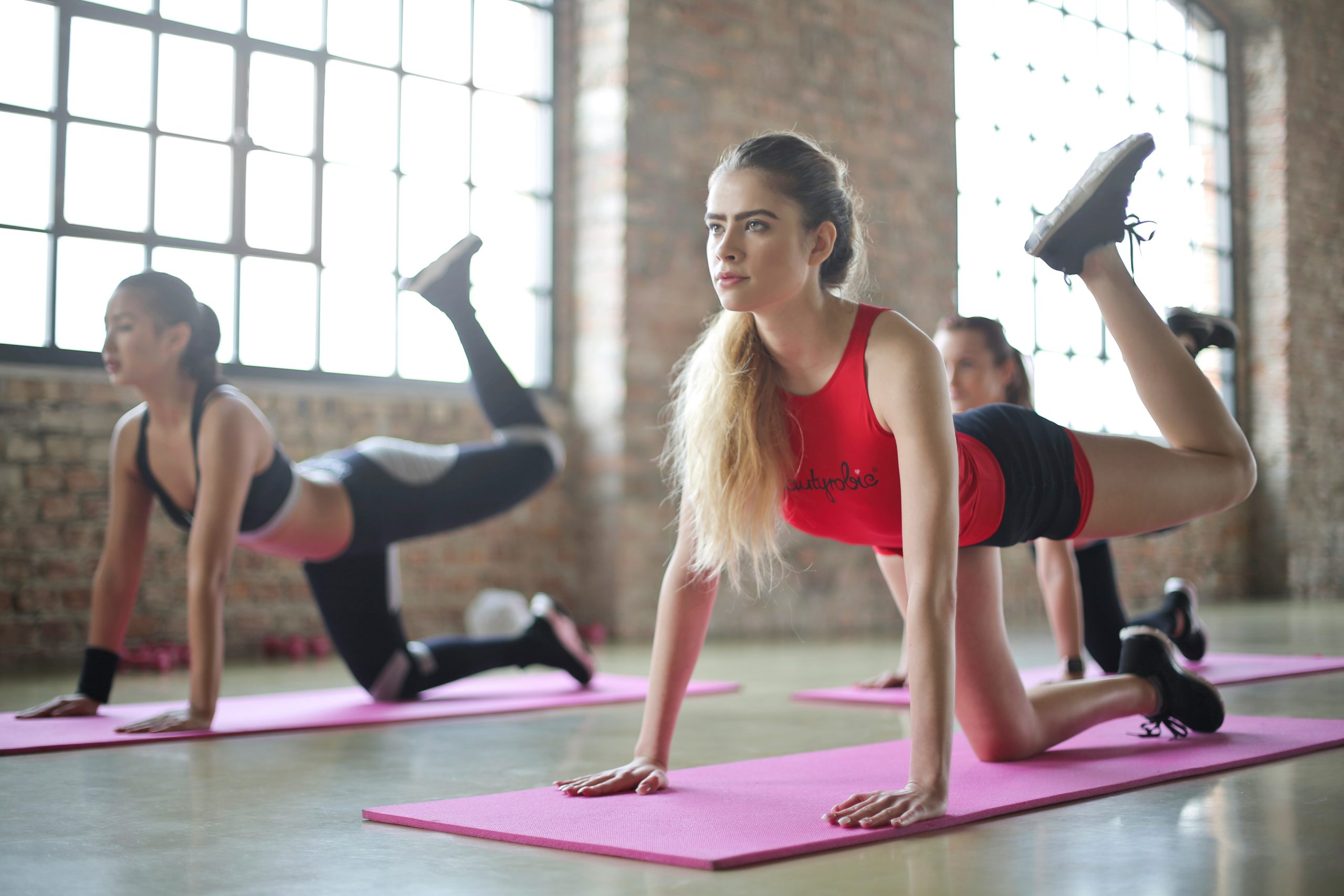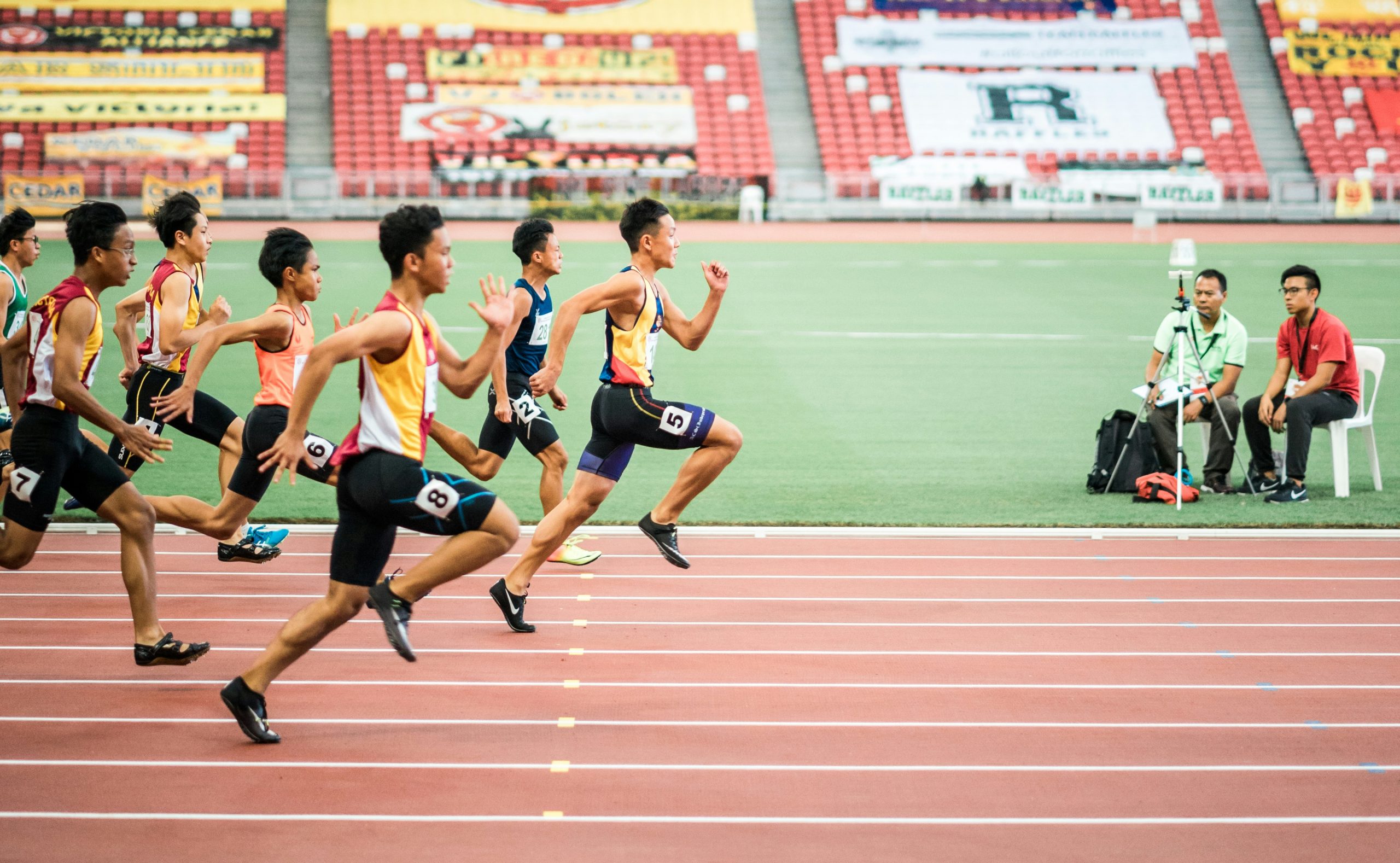Fitness Q&A with Coach Daniel Thompson
Topic: Muscle Soreness and Effective Training
Published in: Fit & Well Weekly
Q: I did a full workout yesterday, but I’m not sore at all. Did I waste my time?
A: Great question—and one that comes up a lot, especially among people new to strength training or returning after a break. Let’s bust the myth right here: soreness is not the only sign of a good workout. In fact, being sore all the time can actually be a red flag.
Q: But I thought muscle soreness meant muscle growth?
A: Not exactly. What you’re referring to is DOMS—Delayed Onset Muscle Soreness. That’s the achy, stiff feeling that kicks in 24–48 hours after a tough session, especially if you did something new or pushed past your usual limits. It’s caused by tiny tears in your muscle fibers, which is part of how muscles repair and grow stronger.
However, muscle growth doesn’t require soreness. You can have an incredibly productive workout—burning calories, improving mobility, building strength—and feel totally fine the next day.
Q: So what does soreness actually tell me?
A: Soreness is a signal, not a scoreboard. It might indicate:
- You used unfamiliar muscles
- You increased intensity or volume
- You introduced new movements (eccentric loading is a big one)
It’s a normal part of adaptation—but it doesn’t correlate directly with progress. Elite athletes don’t walk around sore every day. They train smart, recover properly, and get results without wrecking their bodies weekly.
Q: How do I know my workout was effective then?
A: Look for performance indicators, not just physical sensations. Ask yourself:
- Did I lift heavier or move better than last week?
- Was my form tighter?
- Could I handle more reps, more weight, or longer intervals?
- Do I feel energized, not drained?
If you’re improving in any of those areas, you’re on the right path—even if your legs aren’t screaming.
Q: Should I aim to feel sore sometimes, though?
A: Occasional soreness is totally fine, especially when changing routines or chasing a new challenge. But if you’re sore after every single session, that might mean you’re overtraining or neglecting recovery. Long-term soreness can impair performance and increase injury risk. Remember: the goal is to train, not to punish.
Final Thought
Don’t let soreness be your only benchmark. Training should build you up, not break you down. Some of your best workouts won’t leave you limping—but they will move you closer to your goals.
This Article Was Generated By AI.




